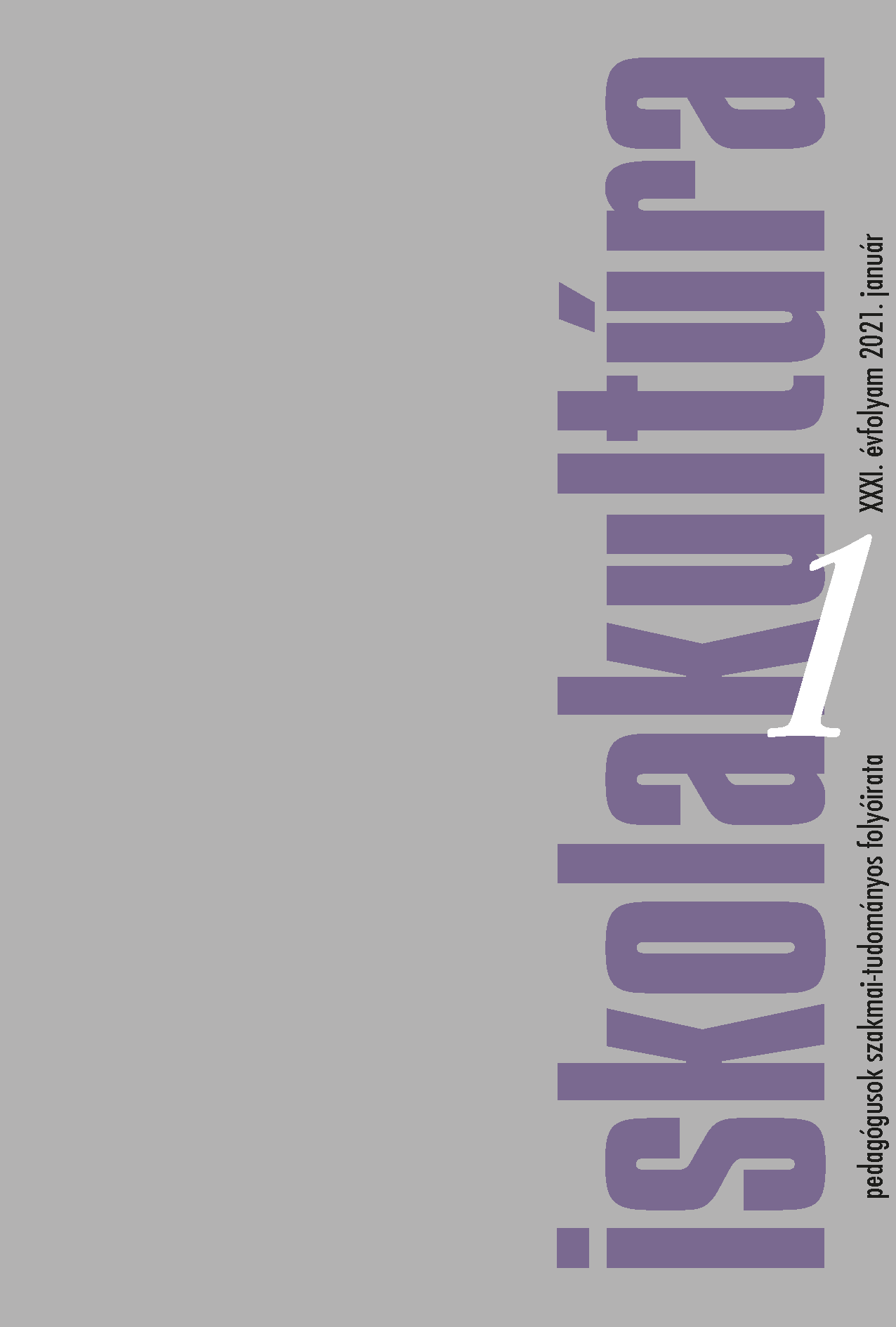Difficulties of dropout prevention and opportunities of support in low achievement schools results of a questionnaire survey
Main Article Content
Abstract
A number of national and international studies have drawn attention to the fact that students’ sociocultural environment, their access to adequate education, and motivating school environments significantly influence their school performance. Analyzing the data collected on a regular basis from different perspectives can contribute to the understanding of the mechanisms of low achievement schools and thus to the development of action plans and complex lines of action related to the solution of the problem. Our research questions asked the opinion of those school leaders, whose institute reached low results in the Assessment of Basic Competences about (1) what student, family and institutional factors lead to low results, the failure of primary school students’ dropout prevention, (2) in which areas intervention needs are identified. According to our results collected with closed and open-ended questions, student-level factors are perceived as a more common difficulty by school leaders (N=68) than institutional-level ones. Among the most common difficulties were students’ insufficient learning methods, their low learning motivation, and parents’ attitude towards school and learning. Among the institutional level shortages, teachers’ workload and the shortage of support personnel for dropout prevention and developing students are decisive. According to school leaders, there are opportunities for intervention in the areas which are the most problematic. At the same time, based on the answers to open-ended questions, the heads of institutions see the greatest resource in the further training of teachers.

